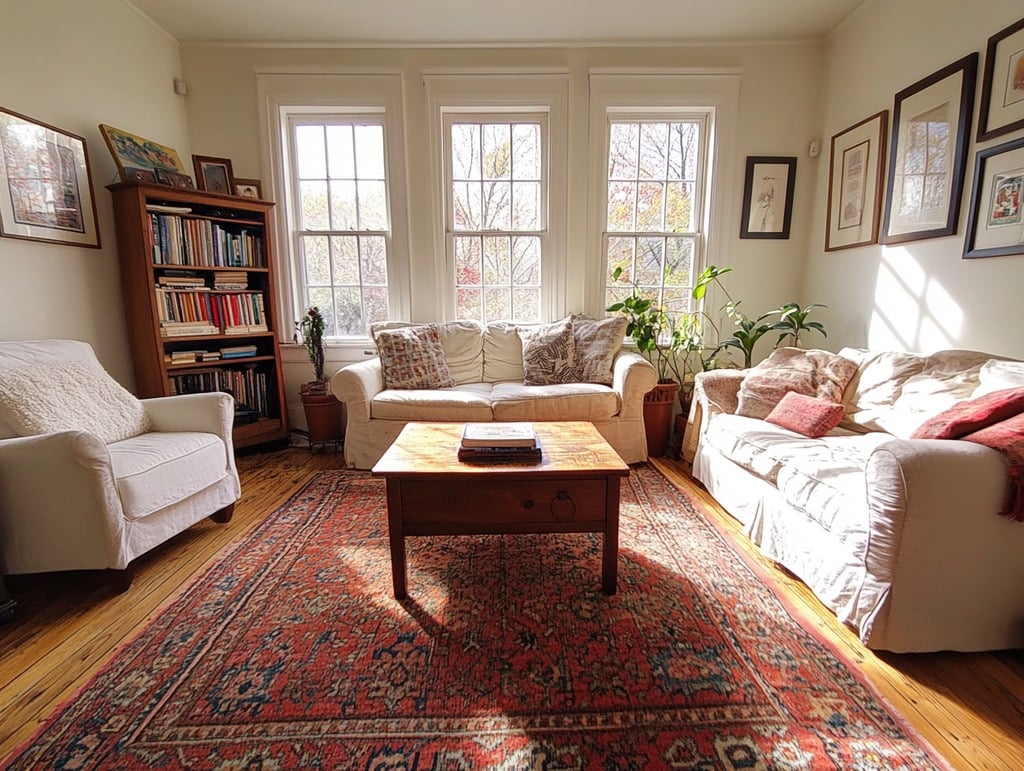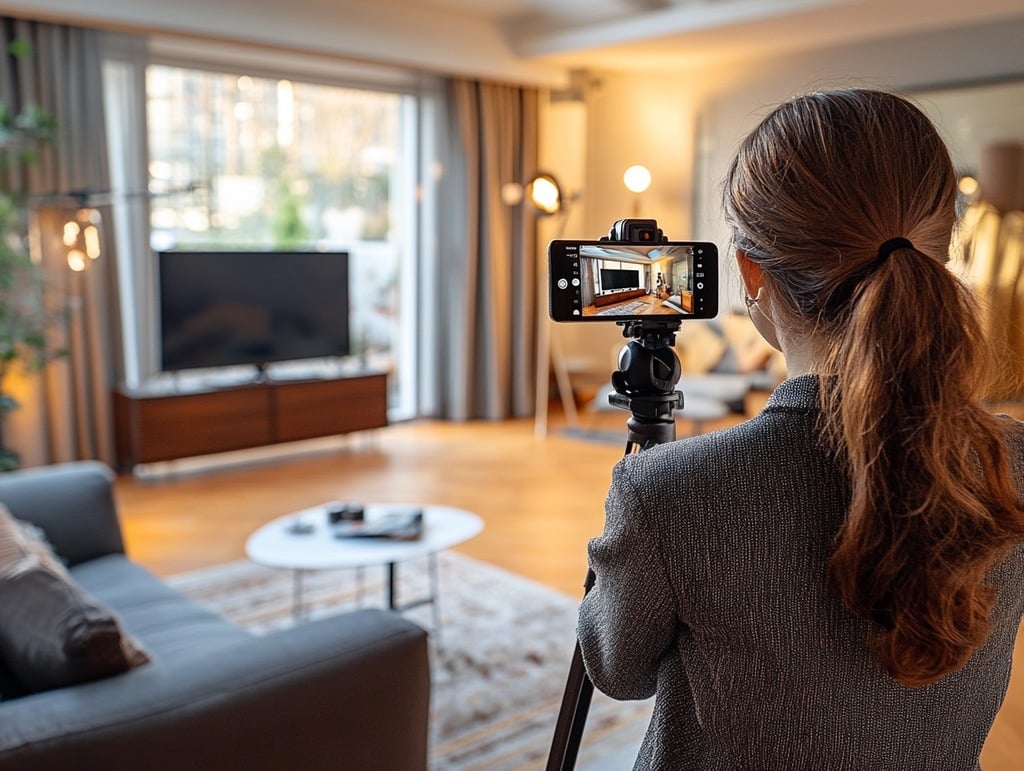Buying a home is one of the biggest financial and emotional decisions a person can make. Ideally, you’d tour the property in person, walk through the rooms, inspect the neighborhood, and get a feel for the house before making an offer. However, in today’s fast-paced real estate market—especially in competitive areas—many buyers are opting to purchase homes sight-unseen.
This means putting in an offer without physically stepping foot in the property. While technology has made this process easier through virtual tours, high-quality photos, and even live video walk-throughs, it still comes with risks. If you’re considering buying a home sight-unseen, here’s a breakdown of the pros and cons to help you decide if it’s the right move for you.
Pros of Buying a Home Sight-Unseen
1. You Can Act Quickly in a Competitive Market
In hot markets, homes can receive multiple offers within hours of being listed. If you’re relocating or unable to visit in person, waiting to schedule a trip could mean missing out on the perfect home. By making an offer sight-unseen, you position yourself as a serious buyer who can move fast.
Tip: Work with a trusted real estate agent who understands your needs and can give you honest feedback about the property.
2. Virtual Tours and Technology Have Improved the Process
Gone are the days when buyers had to rely solely on listing photos. Now, real estate agents can provide:
- 3D virtual tours that allow you to “walk” through the home online.
- Live video showings via Zoom, FaceTime, or Skype.
- Drone footage for a better perspective of the property and surrounding area.
These tools make it easier to evaluate a home remotely.
3. It Saves Time and Travel Expenses
For out-of-state or international buyers, traveling to view every potential home can be expensive and time-consuming. Buying sight-unseen can streamline the process and eliminate unnecessary trips.
Ideal for: Military families, corporate relocations, investors, or buyers moving to a new city.
4. You May Get an Edge Over Other Buyers
Some sellers are more willing to accept offers from buyers who show confidence in their decision, especially in a multiple-offer situation. If you’re comfortable making an offer sight-unseen, you might have an advantage over more hesitant buyers.
Tip: Including an inspection contingency (or other protections) in your offer can still allow you to back out if the home isn’t what you expected.
5. The Inspection and Due Diligence Period Protects You
Even if you don’t see the home in person before making an offer, the inspection and due diligence process gives you time to uncover potential issues. If anything comes up that changes your mind, you may still be able to renegotiate or withdraw your offer.
Cons of Buying a Home Sight-Unseen
1. You Miss Out on the In-Person Experience
No matter how good the virtual tour is, nothing can replace walking through a home in person. When you visit a property, you get to experience:
- The flow and layout firsthand.
- The smells (which can’t be captured online).
- The neighborhood vibe, traffic noise, and surrounding homes.
Solution: If possible, have a trusted friend, family member, or your real estate agent visit on your behalf.
2. Photos and Videos Can Be Deceptive
Real estate listing photos are designed to make homes look their best. Wide-angle lenses can make rooms appear larger, and bright lighting can hide imperfections.
Even virtual tours can be misleading if they don’t capture flaws like:
- Worn-out flooring
- Poor craftsmanship
- Outdated features that don’t show well on camera
Tip: Request additional photos or videos that focus on problem areas—such as close-ups of walls, ceilings, or exterior details.
3. Hidden Maintenance Issues
A virtual tour won’t tell you if:
- The home has an unpleasant odor (mold, pets, smoke, etc.).
- The plumbing makes odd noises.
- The doors and windows stick or don’t open properly.
- There are soft spots in the flooring.
These small but important details often go unnoticed when you’re not physically present.
Solution: Always get a thorough home inspection, and if possible, request a video walkthrough during the inspection to address any concerns.
4. The Neighborhood Might Not Be What You Expected
A home’s location is just as important as the property itself. Even if the house is perfect, you might find:
- The street is busier or noisier than expected.
- The neighbors have poorly maintained properties.
- The commute to work or local amenities is inconvenient.
Solution: Use Google Street View to explore the area and check online forums or local Facebook groups to get insight from residents.
5. Higher Emotional and Financial Risk
Buying a home is a major investment, and not seeing it in person can feel risky. Some buyers experience remorse after closing when they discover unexpected issues.
Mitigation Strategies:
- Work with an agent you trust. They should be your eyes and ears.
- Include contingencies in your offer to protect yourself.
- Do thorough research on the area, including crime rates, school districts, and HOA rules.
Should You Buy a Home Sight-Unseen?
It depends on your situation! Buying a home sight-unseen is becoming more common, especially for remote buyers and investors, but it requires careful planning.
Best Candidates for Sight-Unseen Purchases:
✅ Relocating professionals who don’t have time to visit.
✅ Military families with limited flexibility.
✅ Investors purchasing rental properties.
✅ Buyers in highly competitive markets.
Who Should Avoid It?
🚫 First-time homebuyers who need to feel the space.
🚫 Buyers with very specific aesthetic or layout preferences.
🚫 Those uncomfortable with risk or uncertainty.
Final Tips for Buying Sight-Unseen
- Get a detailed video tour. Ask your agent to show you everything, including problem areas.
- Do your research on the neighborhood. Use online maps, crime reports, and local forums.
- Get a home inspection. This is your best safeguard against hidden issues.
- Use contingencies in your contract. These can protect you if something unexpected arises.
- Consider a short-term rental first. If you’re unsure, renting in the area for a few months can help before committing to a purchase.
The Bottom Line
Buying a home sight-unseen is a viable option for many buyers, especially in today’s digital world. While it carries risks, careful planning, thorough research, and working with a trustworthy real estate agent can make the process smoother.
If you’re thinking about making an offer on a home without seeing it in person, let’s talk! Our experienced team at The Cameron Team can guide you through the process, provide detailed virtual tours, and ensure you’re making an informed decision.
📩 Contact us today to start your home search, whether in-person or remotely!








